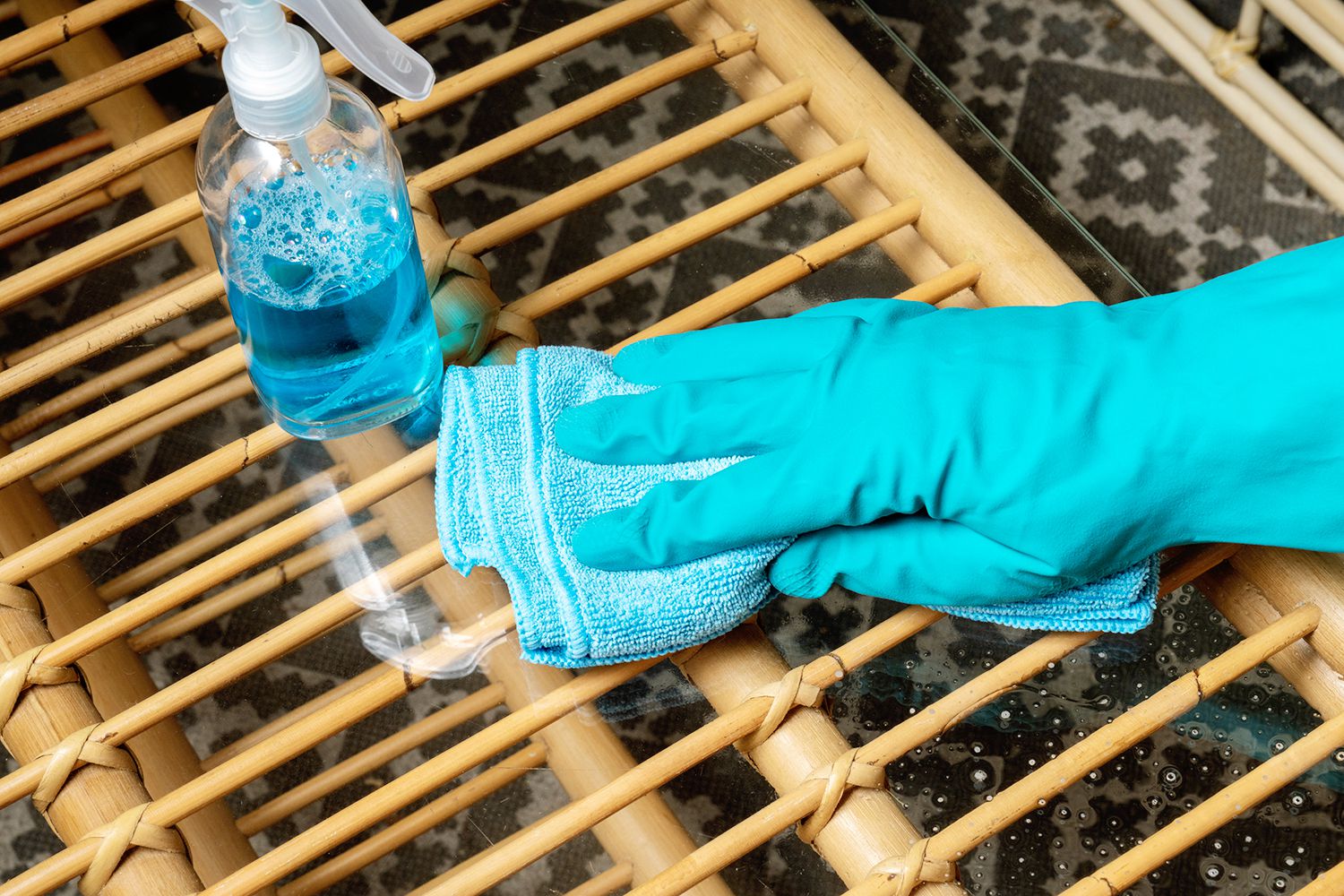

Articles
How To Clean Outdoor Furniture
Modified: January 19, 2024
Discover effective ways to clean your outdoor furniture and keep it looking fresh and new. From removing dirt to preventing mold, learn essential tips for maintaining your furniture.
(Many of the links in this article redirect to a specific reviewed product. Your purchase of these products through affiliate links helps to generate commission for Storables.com, at no extra cost. Learn more)
Introduction
Outdoor furniture is a wonderful addition to any backyard or patio, providing a comfortable and inviting space to relax and entertain. However, being exposed to the elements means that outdoor furniture can quickly accumulate dirt, debris, and grime. Regular cleaning is essential to maintain the beauty and longevity of your outdoor furniture.
But how do you effectively and efficiently clean your outdoor furniture? In this article, we will guide you through the process of cleaning your outdoor furniture, from removing debris to applying a protective coating.
To ensure a thorough cleaning, gather the necessary materials before you start. This will save you time and effort during the cleaning process.
Key Takeaways:
- Regularly cleaning and maintaining outdoor furniture is crucial for its longevity and appearance. Follow specific cleaning instructions for different materials and apply protective coatings to keep furniture looking vibrant and protected.
- Removing debris, choosing the right cleaning solution, and thorough rinsing are essential steps in effectively cleaning outdoor furniture. Proper drying and applying protective coatings will ensure furniture longevity and durability.
Read more: How To Clean Outdoor Furniture
Materials Needed
Before you start cleaning your outdoor furniture, gather the following materials:
- Mild dish soap or specialized outdoor furniture cleaner
- Bucket
- Sponge or soft-bristle brush
- Garden hose
- Microfiber cloth or towel
- Protective coating (optional)
Having these materials on hand will make the cleaning process easier and more effective.
Step 1: Remove Debris
Before you begin the cleaning process, it’s important to remove any loose debris from your outdoor furniture. This includes leaves, dirt, twigs, and any other debris that may have accumulated on the surfaces.
Using a soft-bristle brush or a broom, gently sweep away the debris from the furniture. Be careful not to scratch or damage the surfaces, especially if your furniture is made of delicate materials like wicker or wood.
If your furniture has cushions, remove them and shake off any loose debris. You can also use a handheld vacuum or a lint roller to remove any stubborn dirt or pet hair from the cushions.
Taking the time to remove debris at the beginning will make the cleaning process more effective and prevent scratching or spreading dirt around when you start scrubbing.
Step 2: Choose the Right Cleaning Solution
Once you have removed the debris from your outdoor furniture, it’s time to choose the right cleaning solution. The type of material your furniture is made of will determine the best cleaning method.
If you have aluminum or plastic furniture, a mild dish soap mixed with warm water will suffice. Avoid using harsh chemicals or abrasive cleaners, as they can damage the surface of your furniture.
For wood furniture, it’s best to use a specialized wood cleaner that is safe for outdoor use. Follow the instructions on the cleaner and dilute it with water as necessary. Avoid using bleach or ammonia-based cleaners on wood, as they can strip away the protective finish.
Wicker furniture can be cleaned with a solution of mild dish soap and warm water. Gently scrub the wicker with a soft-bristle brush or a sponge, being careful not to apply too much pressure. Rinse off the soap residue with a garden hose.
If your outdoor cushions have stubborn stains, check the care label for specific cleaning instructions. In most cases, you can spot clean them with a mixture of mild soap and water, or use a fabric cleaner that is safe for outdoor use.
Remember, always test any cleaning solution on a small, inconspicuous area of your furniture first, to ensure it does not cause any damage or discoloration.
Step 3: Scrub and Clean
Once you have chosen the appropriate cleaning solution for your outdoor furniture, it’s time to start scrubbing and cleaning.
Begin by wetting a sponge or soft-bristle brush with the cleaning solution. Gently scrub the surfaces of your furniture, paying attention to any areas with stubborn stains or dirt buildup.
For metal or plastic furniture, focus on removing any grime or residue that may have accumulated. Use circular motions and apply gentle pressure to effectively clean the surface. Be sure to clean all sides of the furniture, including the undersides and any crevices or intricate designs.
When cleaning wood furniture, be careful not to saturate the wood with excessive water. Use a damp cloth or sponge to gently scrub the surfaces, ensuring all dirt and grime are removed. Pay extra attention to any areas that may have mold or mildew, as these can be harmful to the wood. If necessary, use a soft brush to scrub away any stubborn stains, but be gentle to avoid scratching the surface.
For wicker furniture, use the sponge or brush to scrub in between the woven strands, removing any dirt or debris that may have accumulated. Take care not to apply too much pressure, as this can cause the wicker to become weak or damaged.
Don’t forget to clean your outdoor cushions as well. Use the cleaning solution and a soft cloth to gently scrub any stains or dirt. For stubborn stains, you can let the cleaning solution sit on the fabric for a few minutes before rinsing it off.
During the scrubbing process, periodically rinse the sponge or brush in a bucket of clean water to remove any dirt or residue that may have accumulated.
Continue scrubbing and cleaning until all visible dirt, stains, and grime have been removed from your outdoor furniture.
To clean outdoor furniture, mix a solution of mild soap and water, then use a soft brush or cloth to scrub the furniture. Rinse thoroughly with water and allow to air dry. This will help remove dirt and grime without damaging the furniture.
Read more: What To Clean Outdoor Furniture With
Step 4: Rinse Thoroughly
After scrubbing and cleaning your outdoor furniture, it’s important to thoroughly rinse off any cleaning solution or residue. This step is crucial in ensuring that your furniture is clean, free from any chemicals, and ready to be dried.
Using a garden hose, gently spray water all over your furniture, making sure to cover all surfaces including the undersides and hard-to-reach areas. The water pressure should be moderate, enough to remove any remaining soap or dirt but not too strong that it causes damage to the furniture.
Pay close attention to areas where the cleaning solution may have concentrated, such as corners or crevices. These areas can often trap residue, so make sure to thoroughly rinse them.
Continuously move the hose around while rinsing to ensure that all parts of the furniture are covered. Keep rinsing until the water running off the furniture appears clear and free from any soapy residue.
For cushions, it’s best to remove them from the furniture and rinse them separately. This will allow you to thoroughly rinse off any cleaning solution that may have seeped into the fabric. Place the cushions on a clean surface, such as a concrete patio or a tarp, and rinse them with the hose using the same gentle water pressure.
Take your time during the rinsing process to ensure that your outdoor furniture is properly cleaned and ready for the next step.
Step 5: Dry the Furniture
After rinsing your outdoor furniture, it’s important to properly dry it to prevent any water damage or the formation of mold and mildew. Here’s how to effectively dry your furniture:
Start by using a clean microfiber cloth or towel to wipe away any excess water from the surfaces of your furniture. Pay attention to any nooks and crannies where water may have pooled. Ensure that all visible water has been removed.
For metal or plastic furniture, you can let the furniture air dry in a sunny spot. The heat from the sun will help evaporate any remaining moisture. Make sure to tilt the furniture or turn it periodically to ensure all surfaces dry evenly.
If you have wood furniture, it’s important to dry it thoroughly to avoid damage. Use a clean, dry cloth to gently wipe down all surfaces, ensuring that no moisture remains. If necessary, you can use a portable fan or a hairdryer on a low setting to speed up the drying process.
For wicker furniture, gently blot any excess moisture with a dry towel. Place the furniture in a well-ventilated area to air dry completely. Avoid exposing it to direct sunlight, as this can cause the wicker to fade or become brittle.
It’s important to note that cushions should be dried separately. Place them in a well-ventilated area or in a dryer on a low heat setting, if the care instructions allow it. Make sure they are completely dry before placing them back on the furniture.
Allow your outdoor furniture to dry completely before moving on to the next step. This will ensure that it is ready for use and that no moisture is trapped, which can lead to damage or the growth of mold and mildew.
Step 6: Apply Protective Coating
Once your outdoor furniture is clean and dry, it’s a good idea to apply a protective coating to keep it looking its best and prolong its lifespan. The type of protective coating will depend on the material of your furniture.
For metal or plastic furniture, you can use a clear outdoor furniture spray or a protective wax. These products create a barrier that helps to prevent rust, fading, and other signs of wear and tear. Follow the instructions on the product packaging for the best application method.
If you have wood furniture, you should apply a protective sealant or outdoor wood oil. These products help to protect the wood from moisture, UV rays, and other outdoor elements. Make sure to choose a sealant that is specifically designed for outdoor use and follow the manufacturer’s instructions for application.
For wicker furniture, you can apply a clear acrylic spray or a protective varnish. These products help to protect the wicker from the sun’s UV rays and keep it looking vibrant. Apply the coating evenly all over the furniture, making sure to cover all surfaces.
When applying the protective coating, it’s important to do so in a well-ventilated area and follow the safety instructions provided by the manufacturer. Allow the furniture to dry according to the recommended drying time before using it.
Applying a protective coating to your outdoor furniture will not only enhance its appearance but also help to protect it from the harsh outdoor elements, ensuring its longevity and durability for years to come.
Conclusion
Cleaning and maintaining your outdoor furniture is essential to keep it looking its best and ensure its longevity. By following these steps, you can effectively clean your outdoor furniture and protect it from the elements:
- Remove debris from the furniture and cushions.
- Choose the appropriate cleaning solution for your furniture material.
- Scrub and clean the surfaces of your furniture, paying attention to any stubborn stains or dirt.
- Rinse thoroughly to remove any cleaning solution or residue.
- Dry the furniture completely to prevent water damage and the growth of mold or mildew.
- Apply a protective coating to keep your furniture protected and looking vibrant.
Regularly cleaning and maintaining your outdoor furniture will not only help it look great but also extend its lifespan, allowing you to enjoy your outdoor living space for years to come. It’s important to follow the cleaning instructions specific to your furniture material to avoid any damage or discoloration.
Remember to always test cleaning solutions on a small, inconspicuous area before applying them to the entire furniture piece. Additionally, it’s a good idea to cover your outdoor furniture during periods of inclement weather or store it in a sheltered area to minimize the impact of harsh elements.
By taking care of your outdoor furniture, you can create a comfortable and inviting outdoor space that enhances your enjoyment of nature and provides a welcoming space for relaxation and entertainment.
Frequently Asked Questions about How To Clean Outdoor Furniture
Was this page helpful?
At Storables.com, we guarantee accurate and reliable information. Our content, validated by Expert Board Contributors, is crafted following stringent Editorial Policies. We're committed to providing you with well-researched, expert-backed insights for all your informational needs.
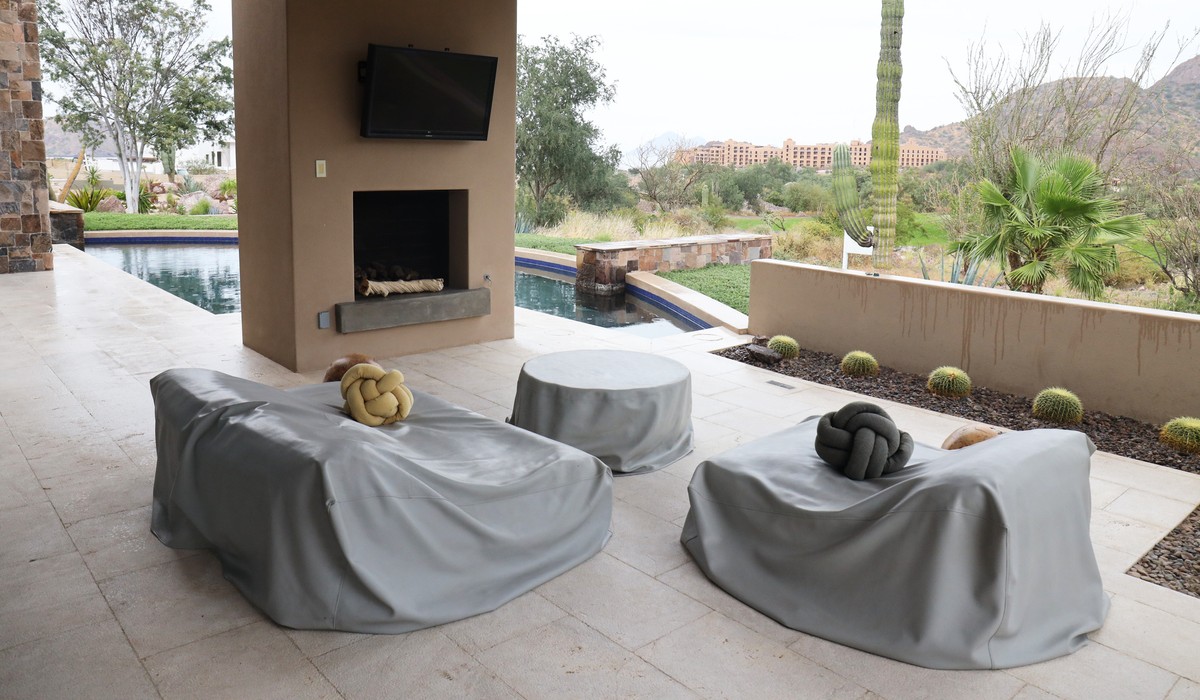
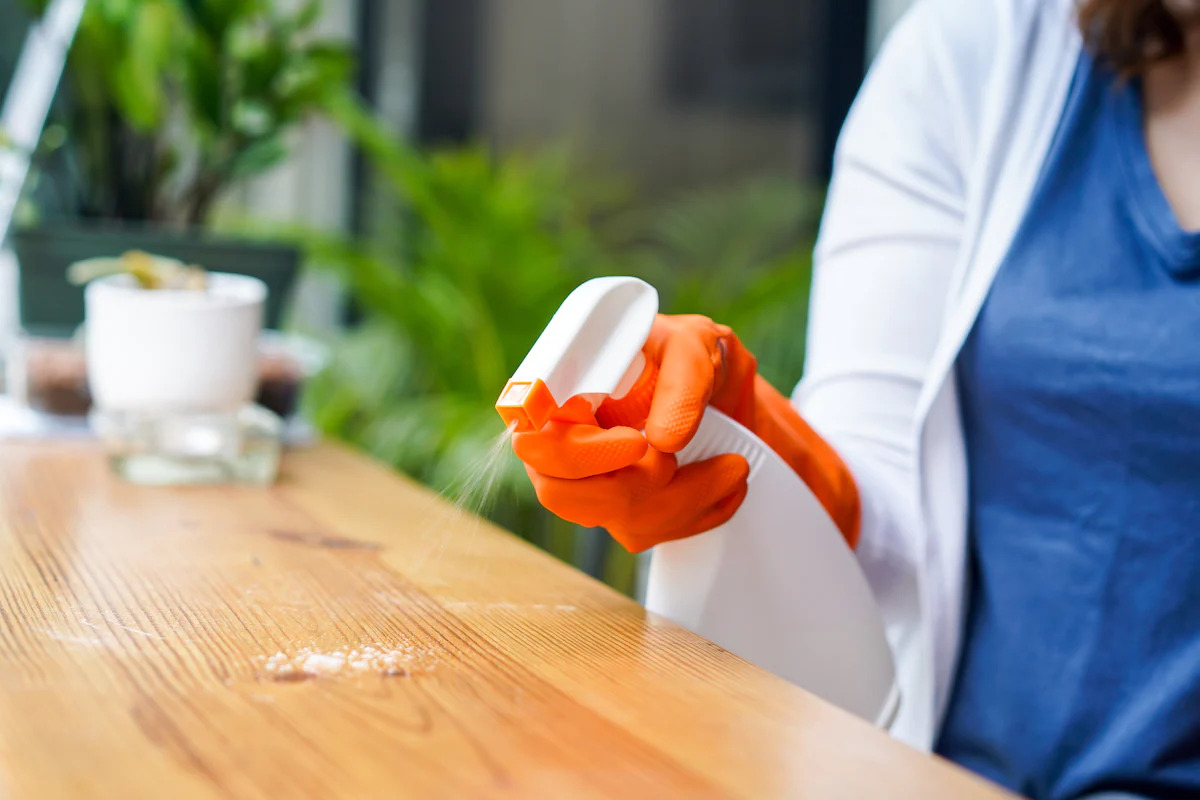
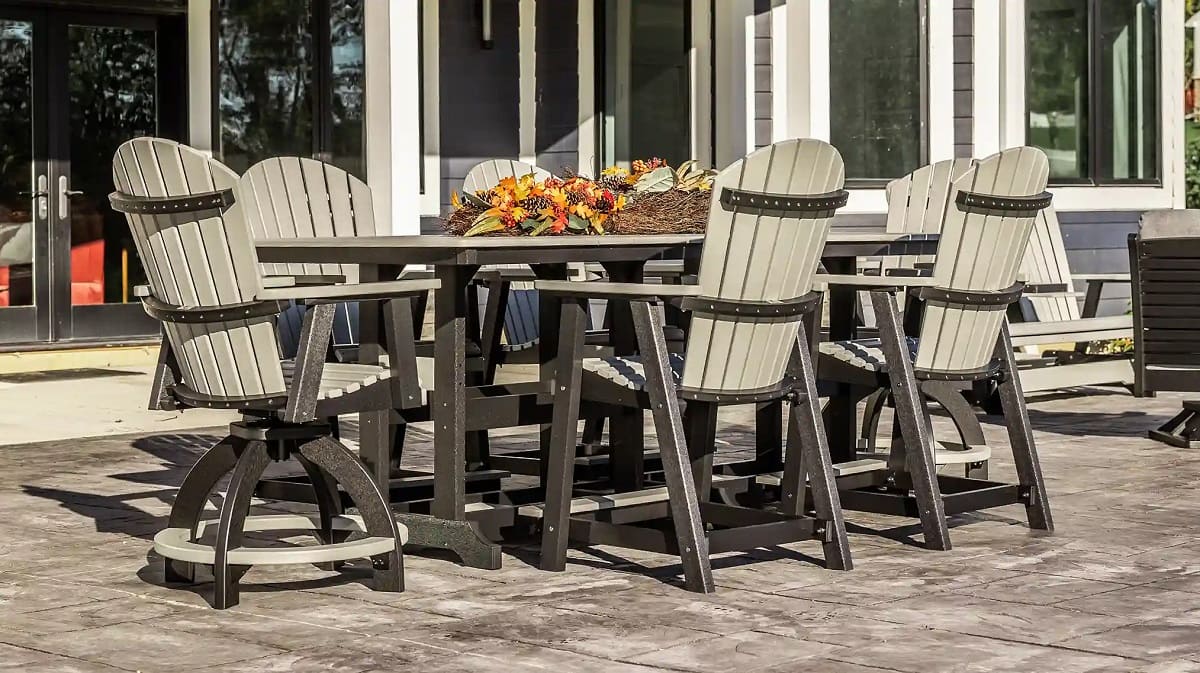
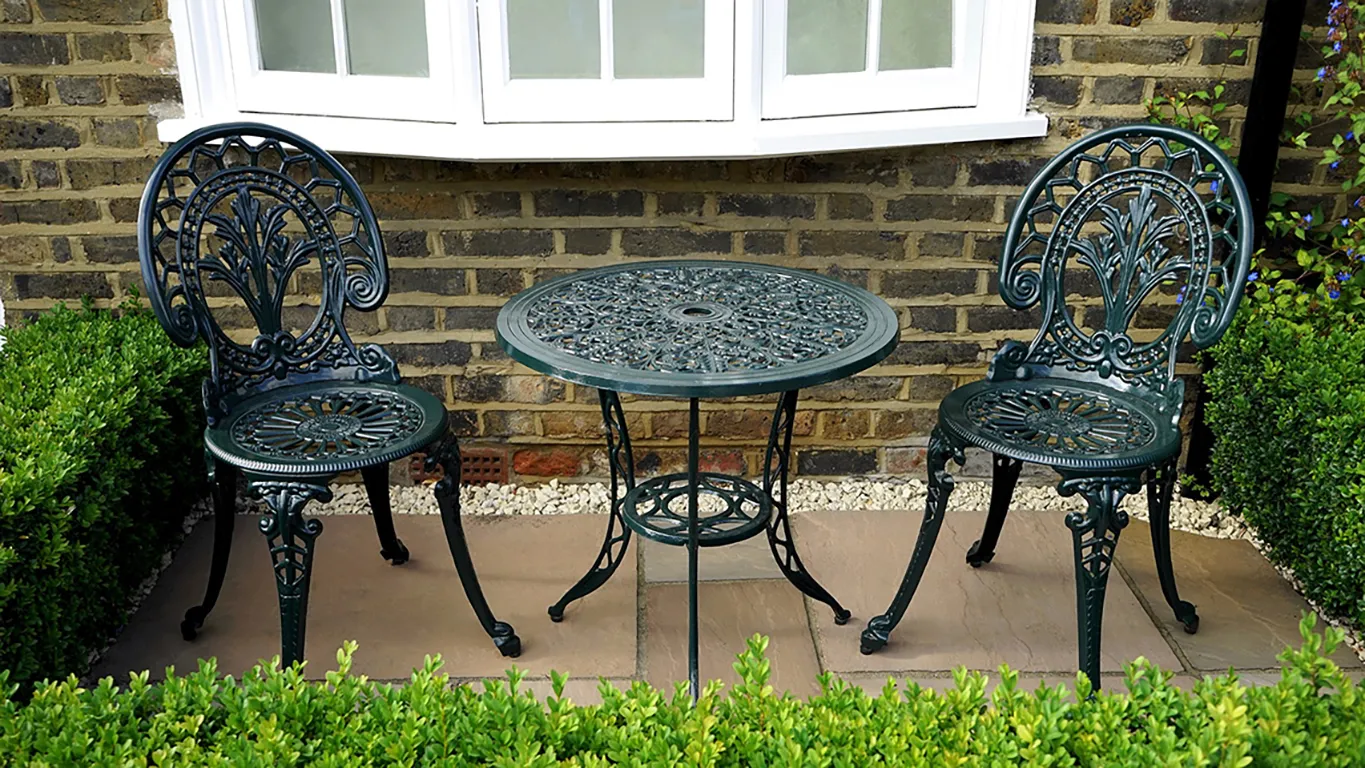
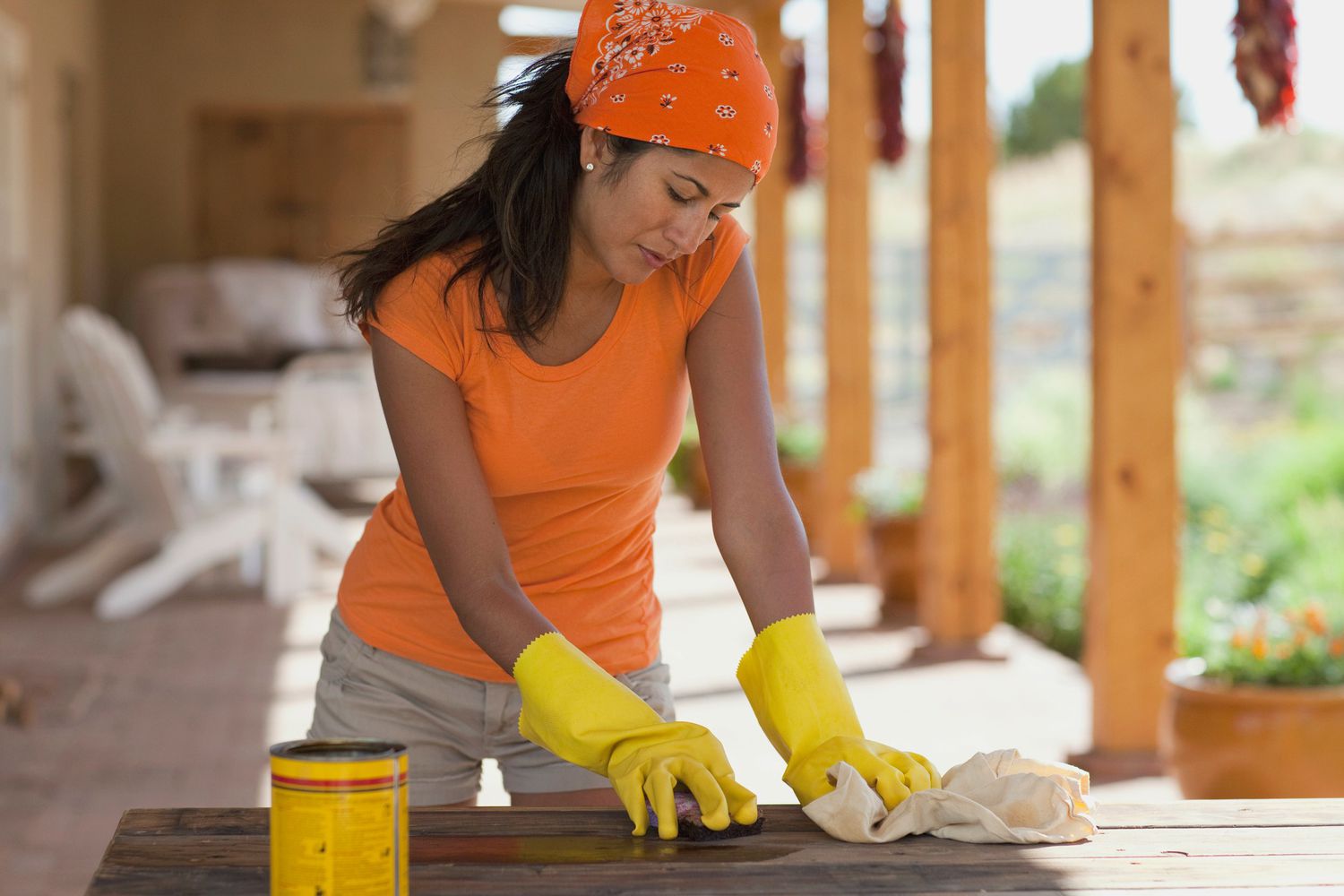
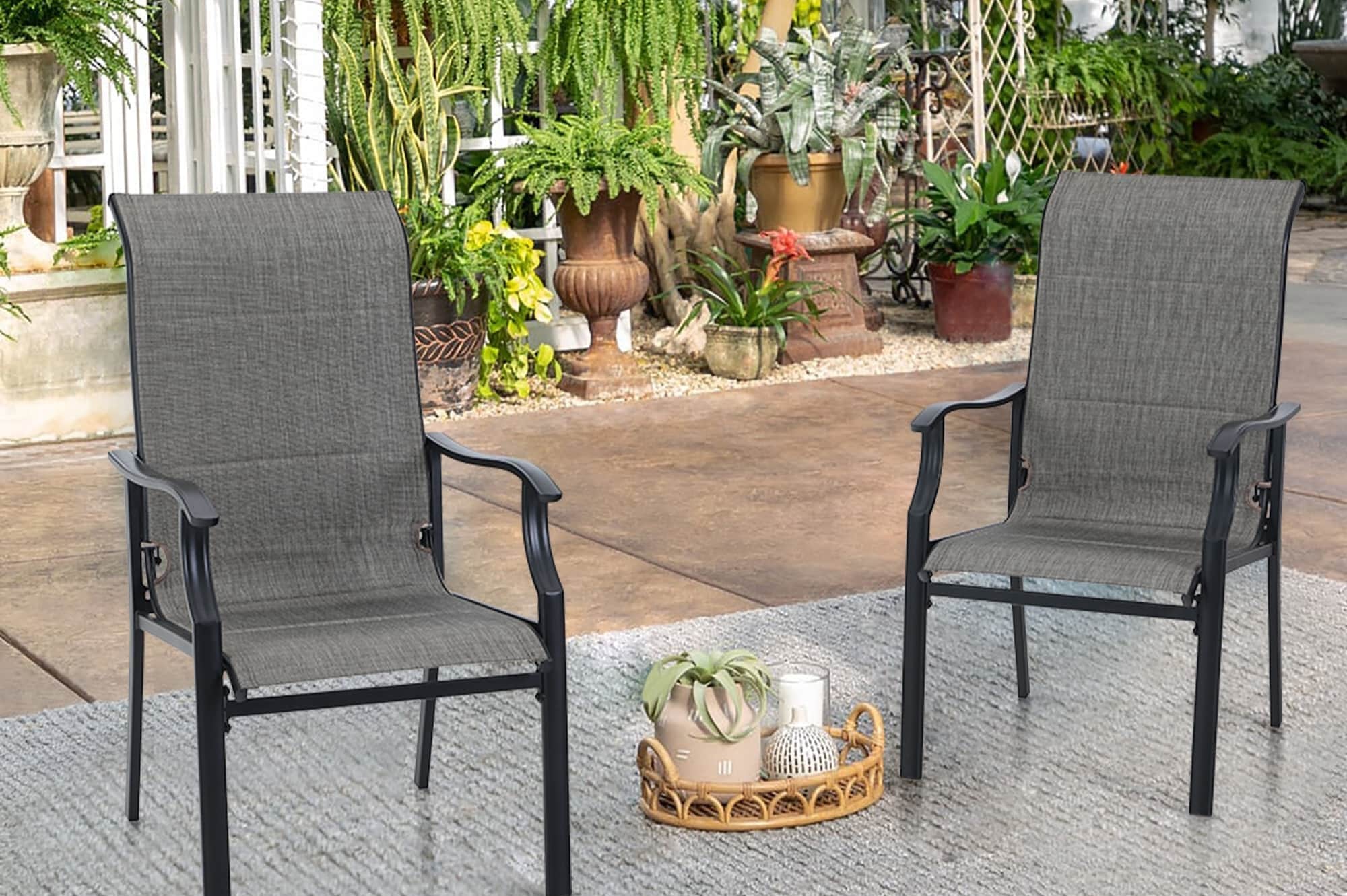
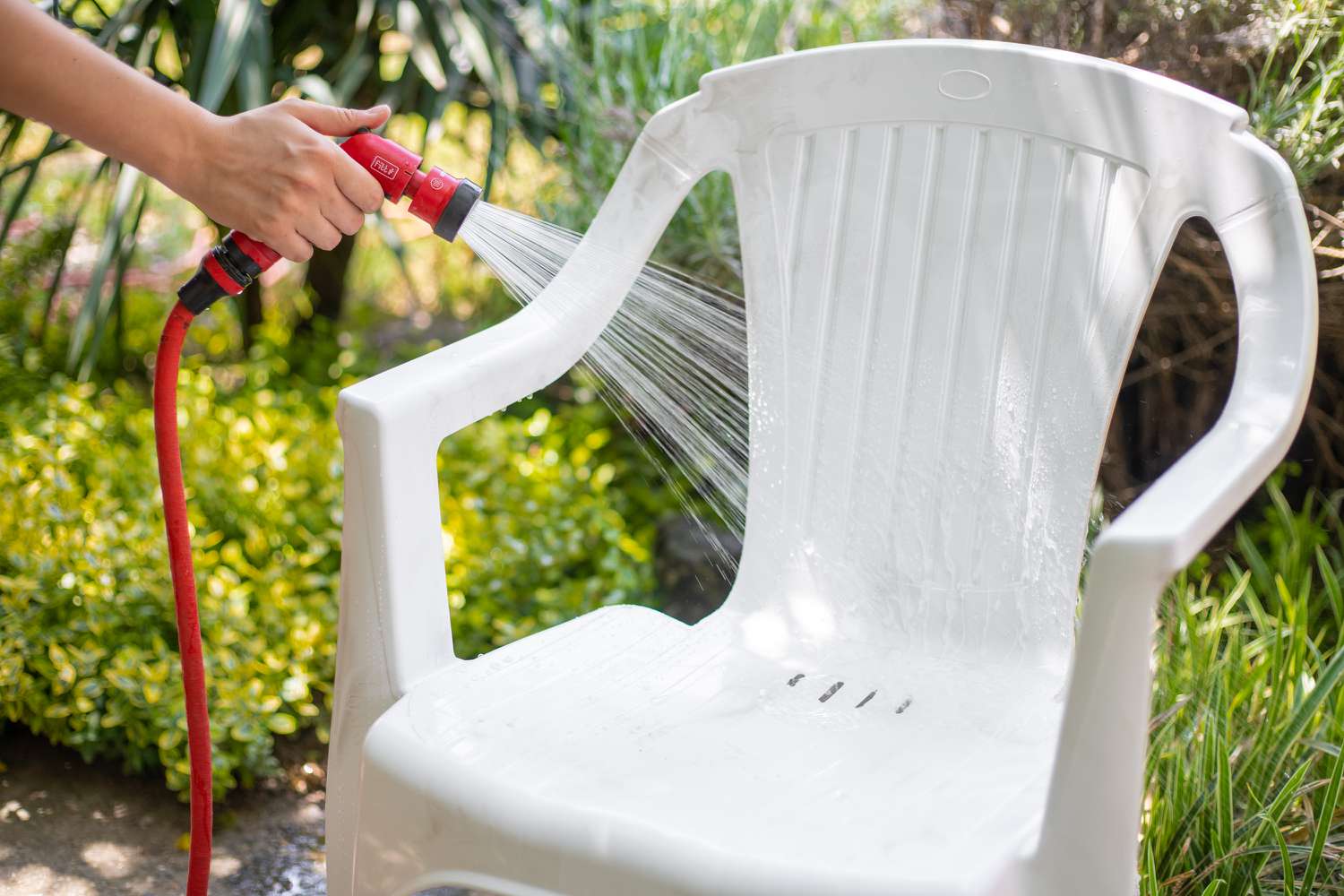
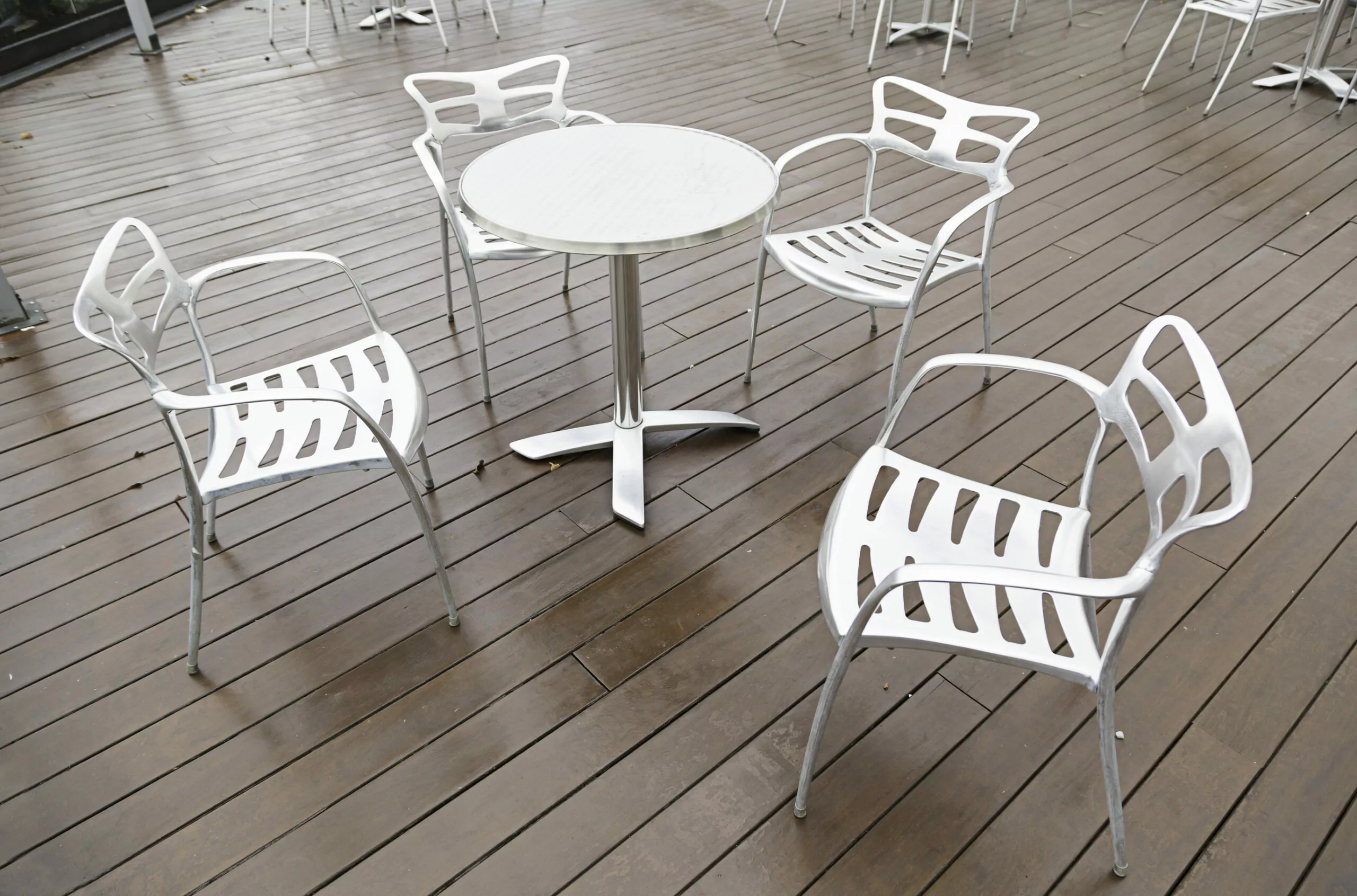
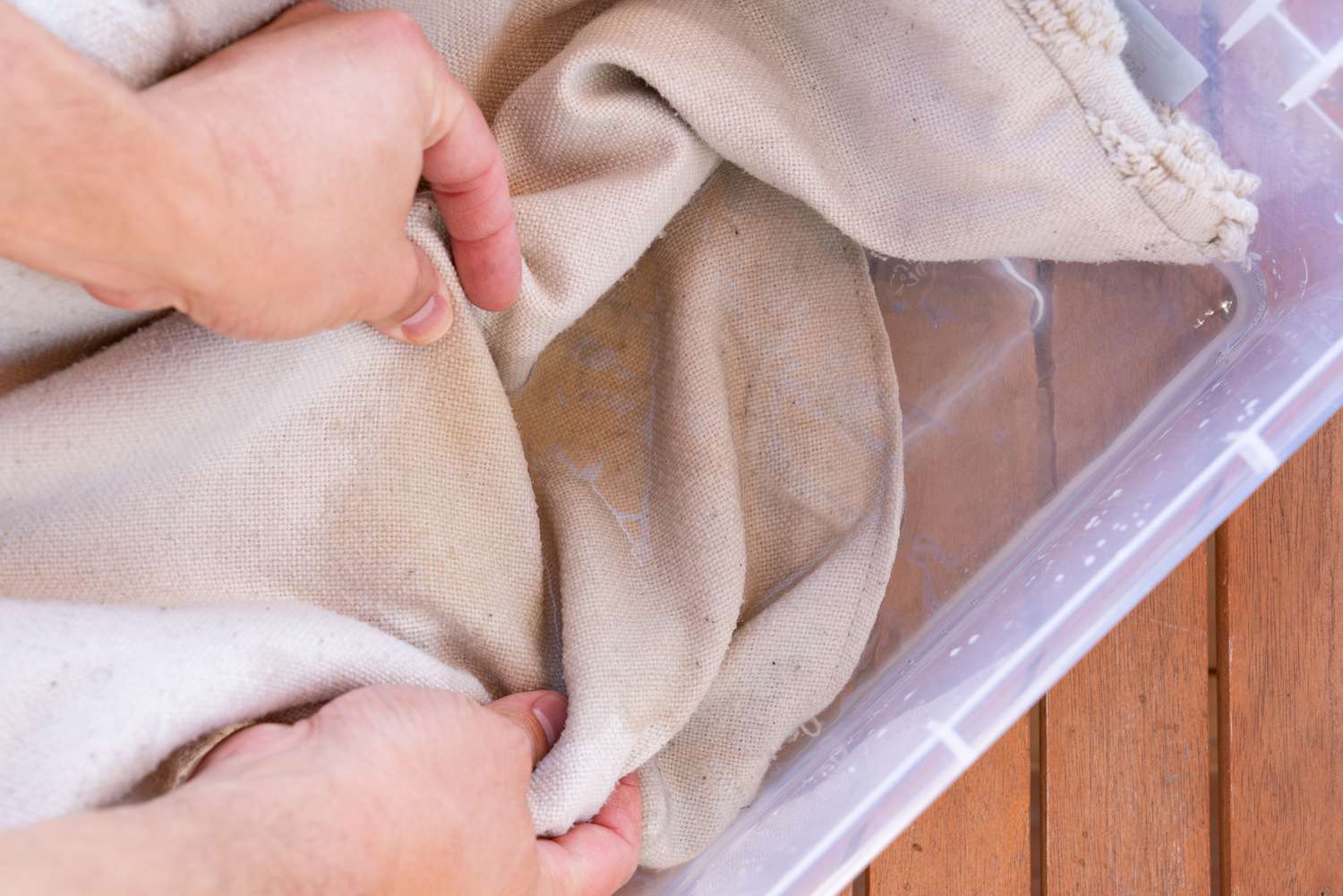
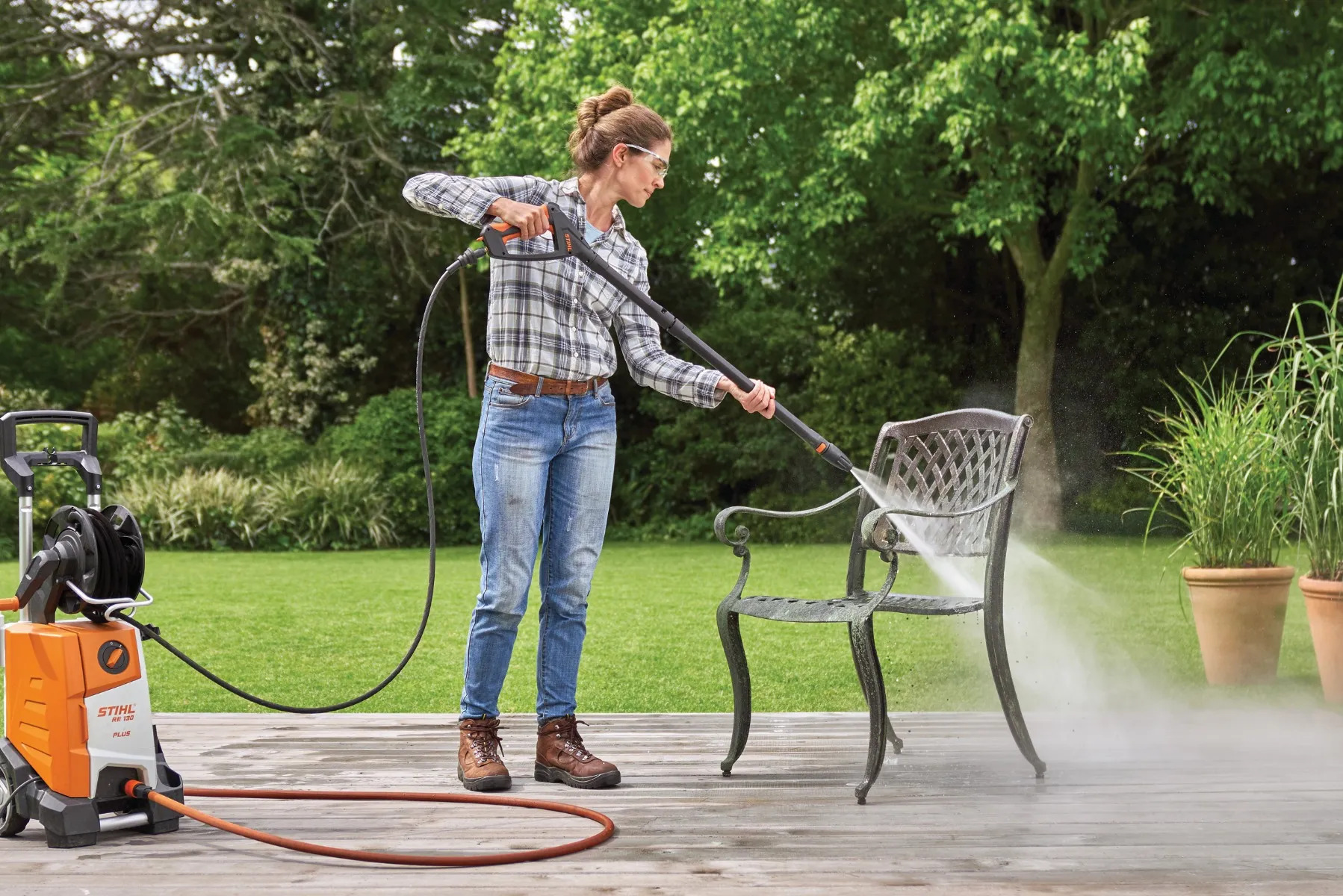
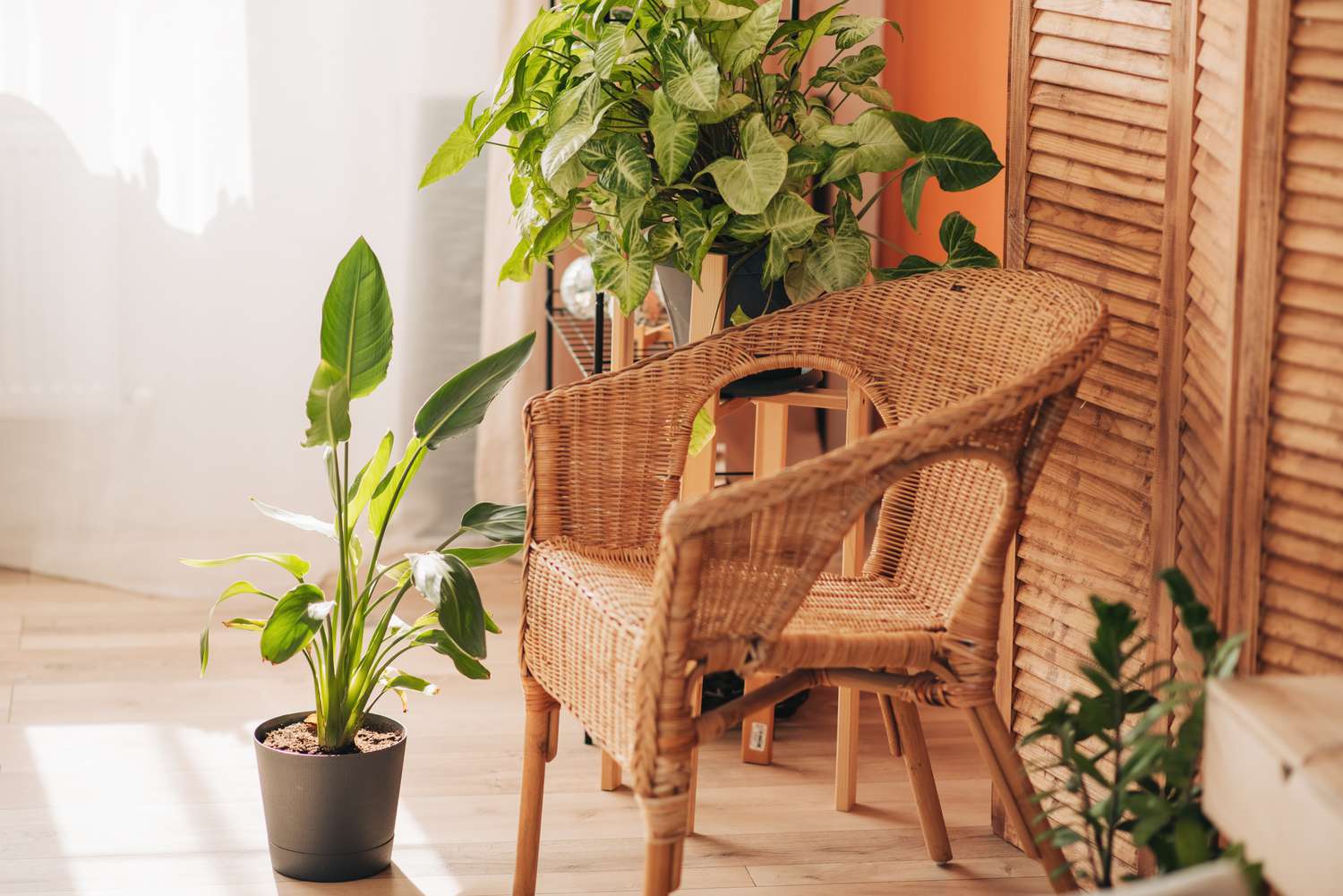
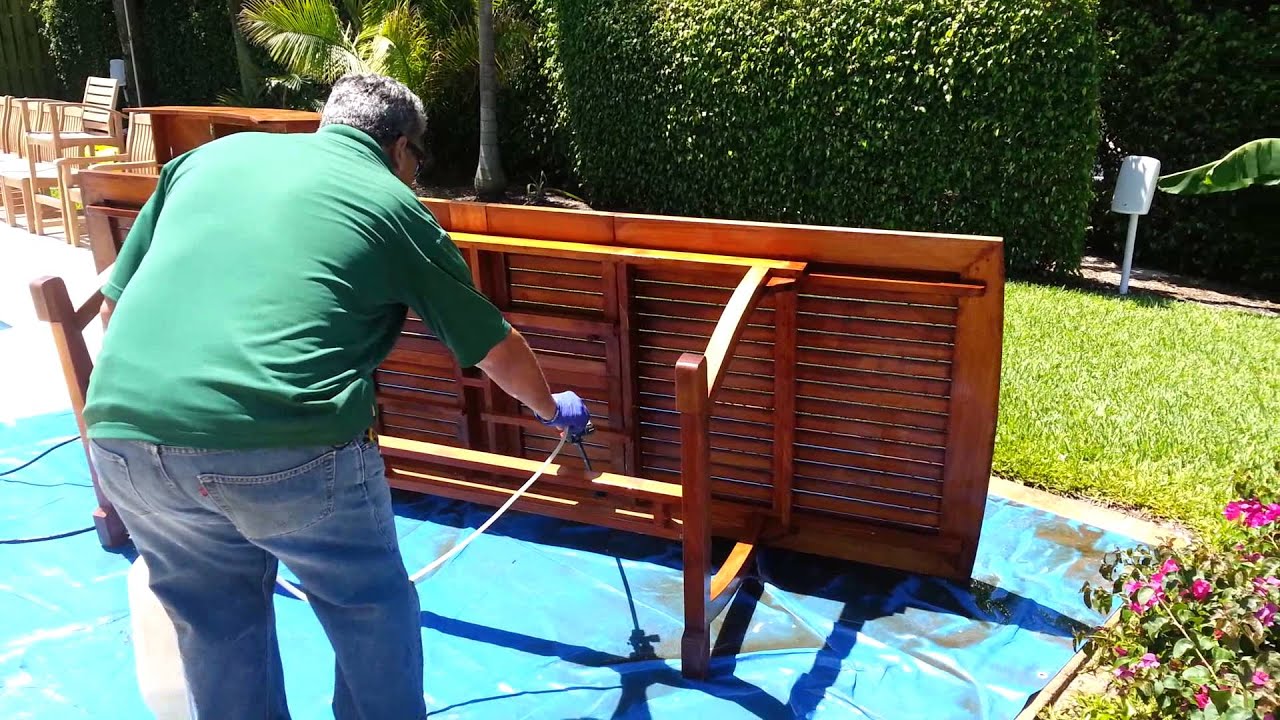
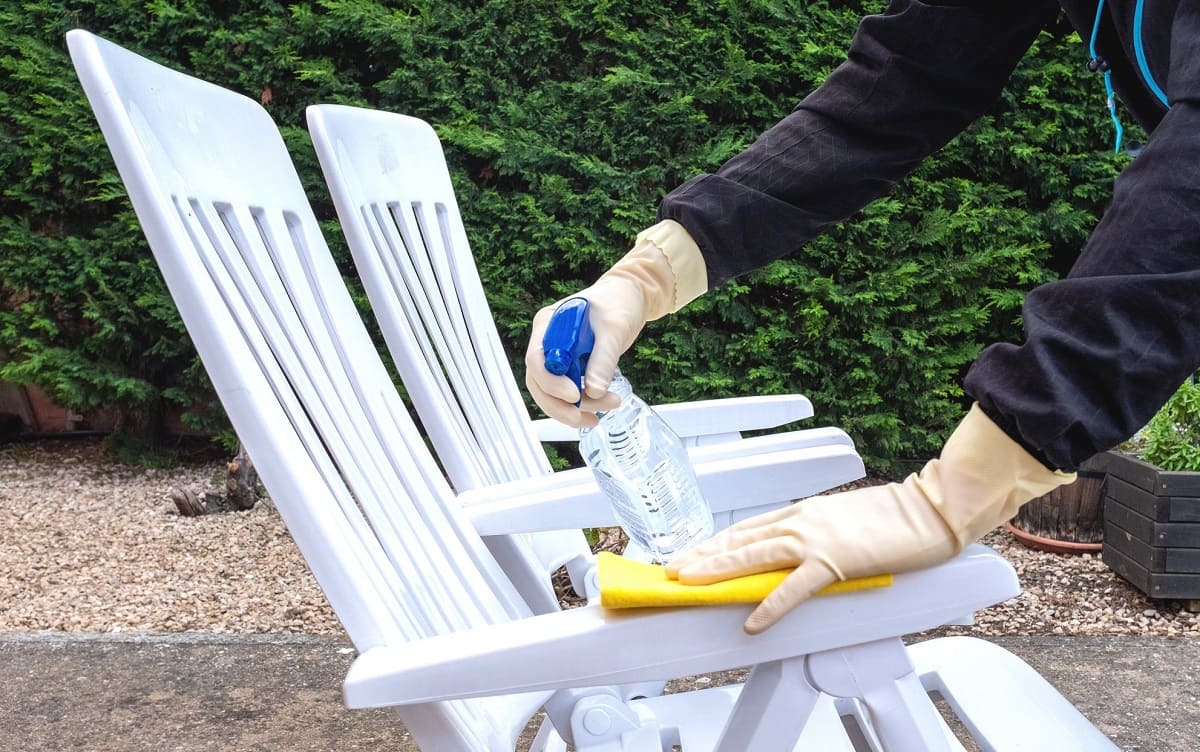
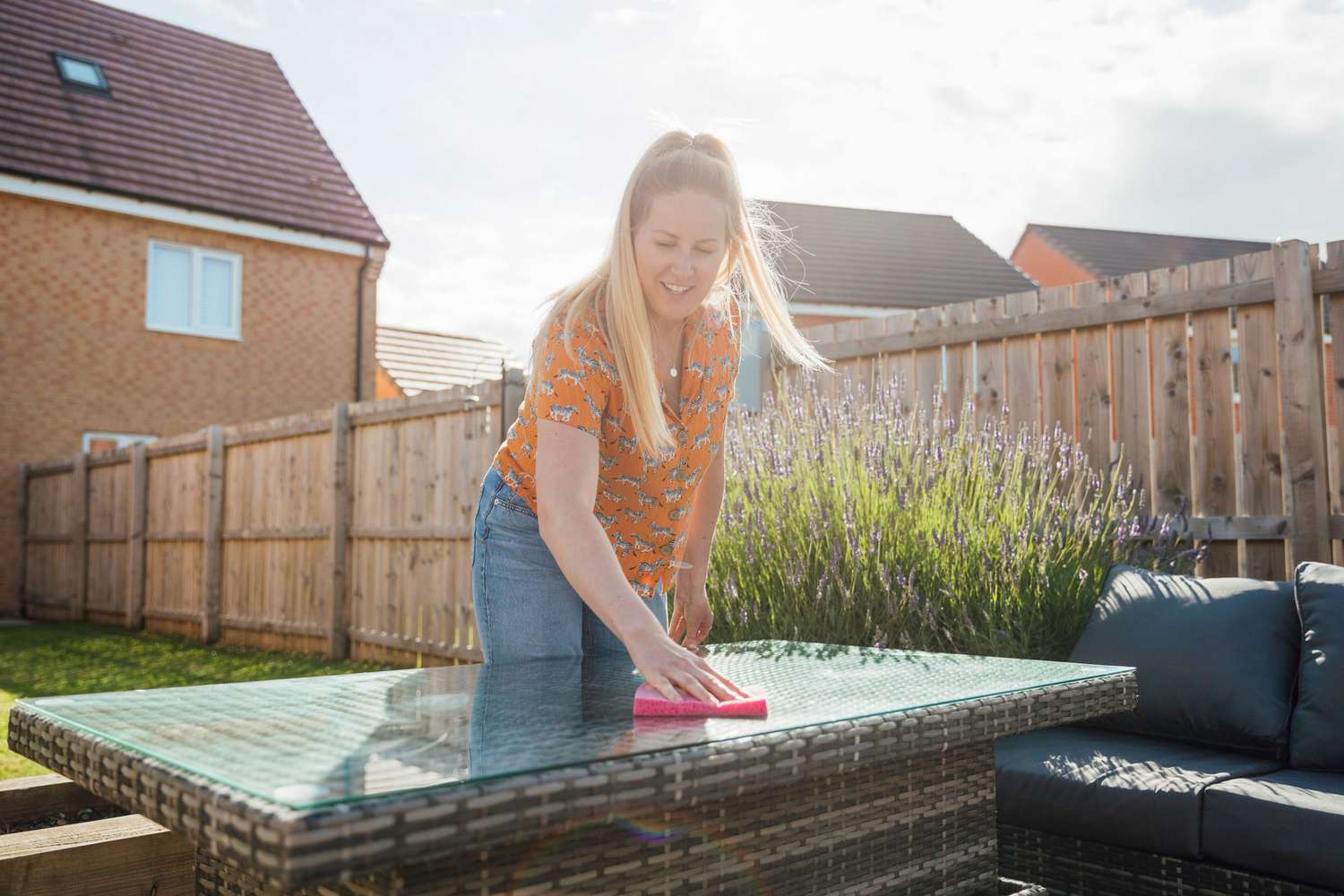

0 thoughts on “How To Clean Outdoor Furniture”